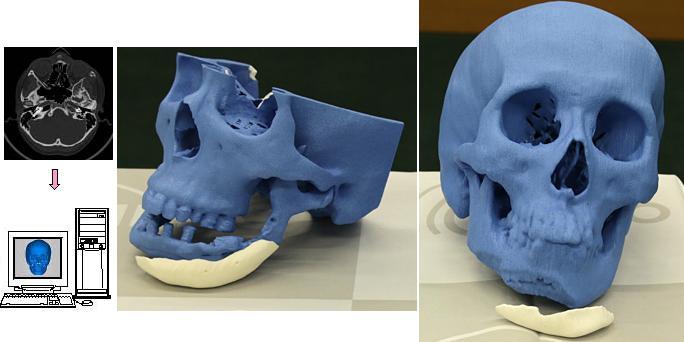
Next 21’s technology is referred to as CT-Bone, where CT scans are taken of one’s body to determine the exact size and shape of the bone that’s required. Then, using an inkjet 3D printing process, the actual bone is 3D printed in the exact shape necessary, including areas suitable for the inclusion of bone conduction and blood vessels.
The technology, developed with help from University of Tokyo researchers, has been licensed by Next 21 to Xilloc, as of April 30th. Xilloc, will begin manufacturing and selling CT Bone in various European countries, allowing doctors to begin implementing the technology in patients of their own. Unlike previous methods of bone grafting, which use heat, CT-bone does not. This allows for much faster fusion to a patient’s own bone, and because the entire bone structure is printed, healing times are increased significantly.
The proprietary 3D printers have the ability to print with an accuracy down to 0.1mm, meaning a perfect fit on a patient-to-patient level. It should be interesting to see how quickly this technology is integrated into operating rooms across Europe, and if the United States will be the next to implement it. The results so far, have been shown to not only increase healing time, but also help patients avoid infections and bodily rejections seen in previous bone grafting techniques. This is yet another tremendous innovation within the medical field, thanks to 3D printing technology.
What do you think about this agreement between Xilloc and Next 21? Will this technology quickly spread to other locations around the world? Discuss in the CT-Bone forum thread on 3DPB.com.